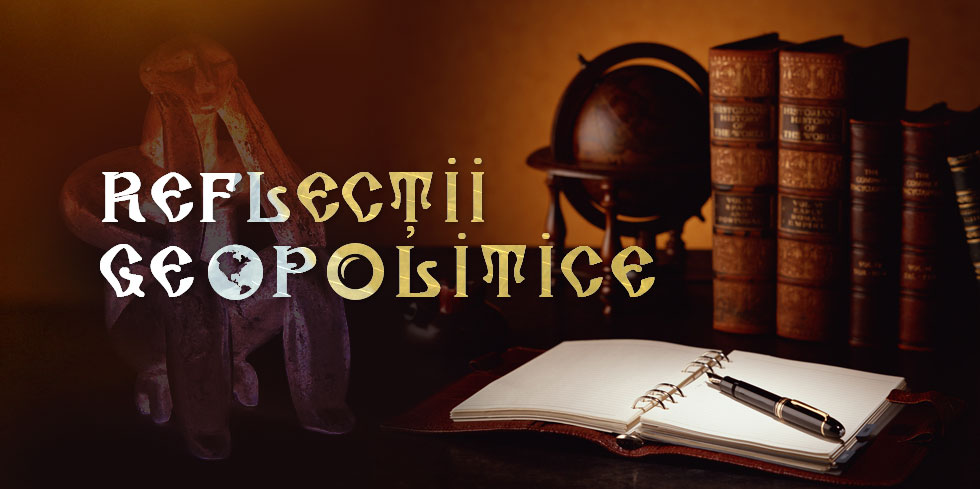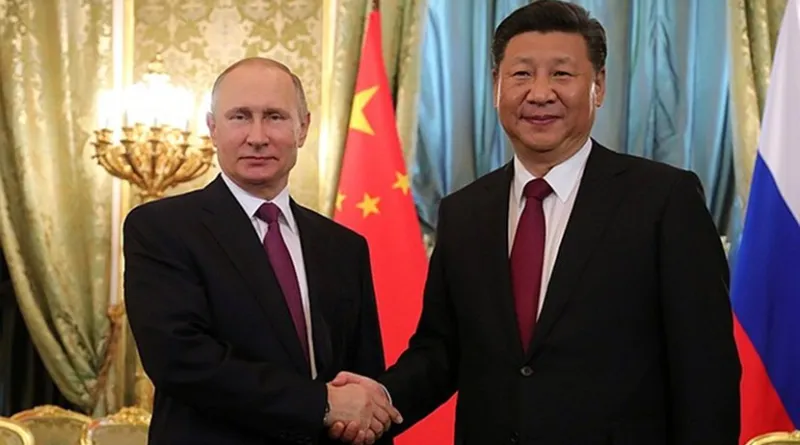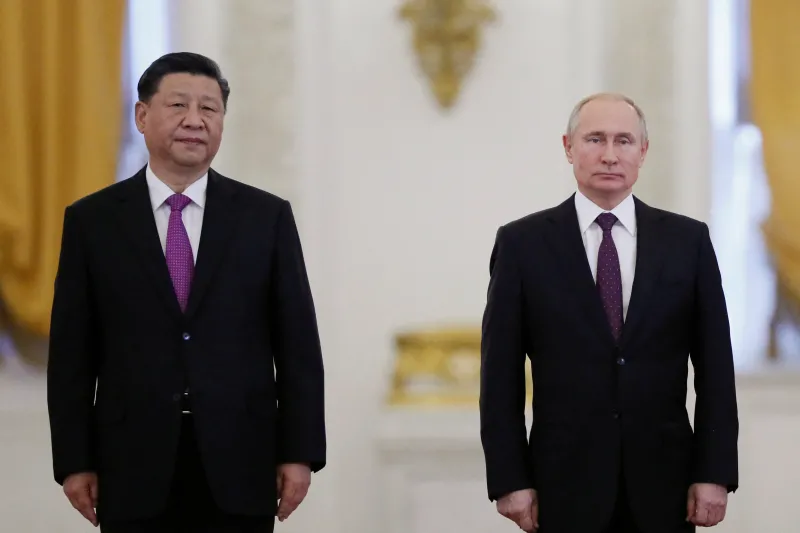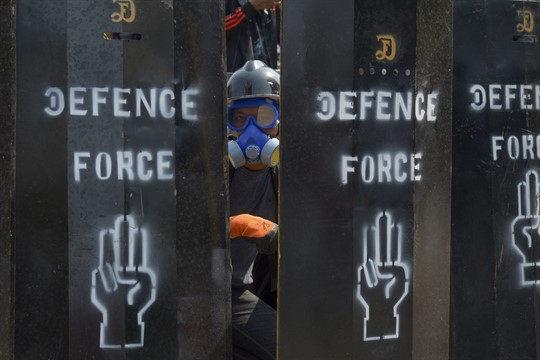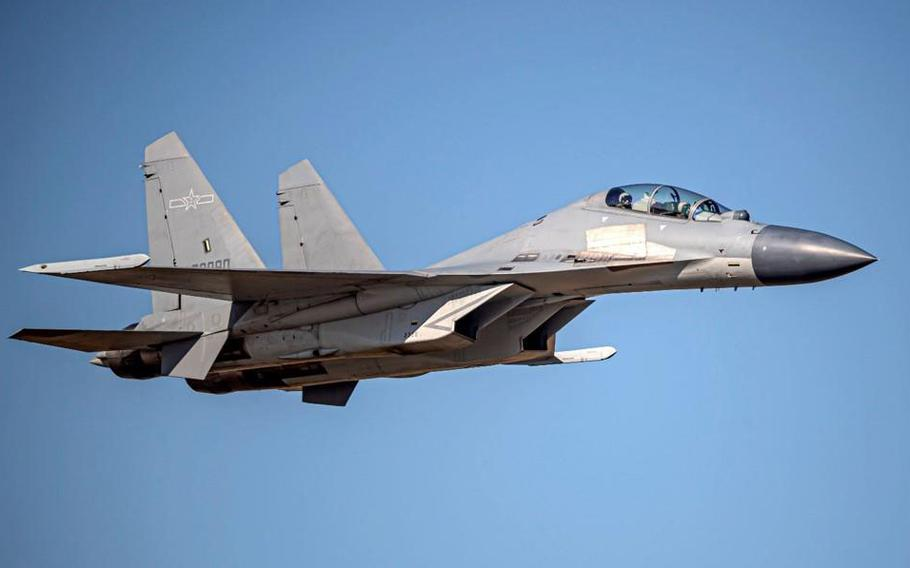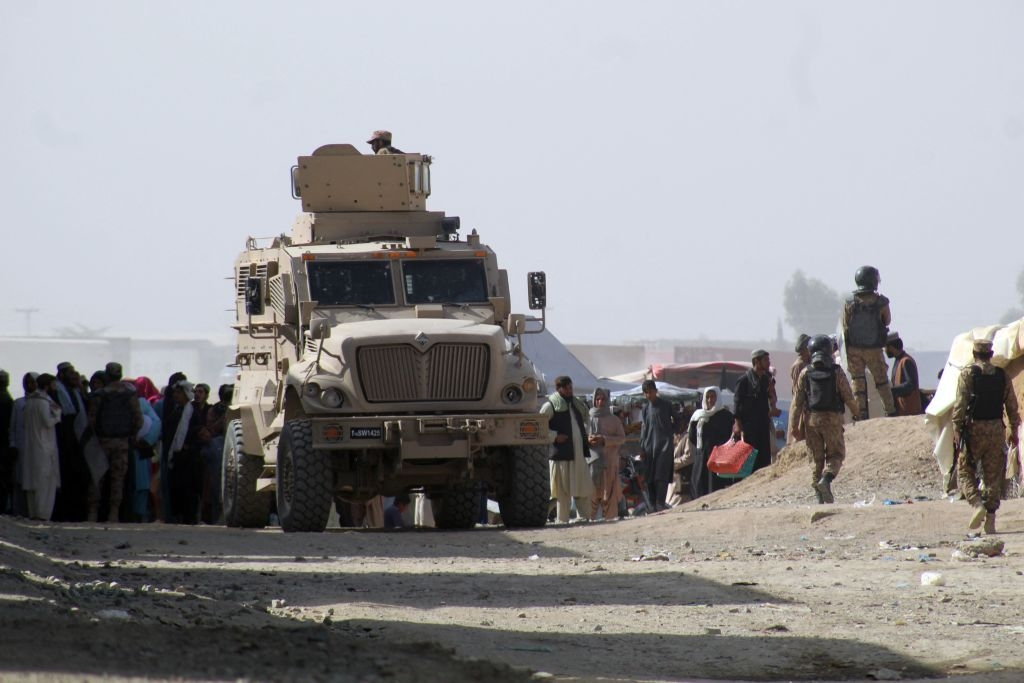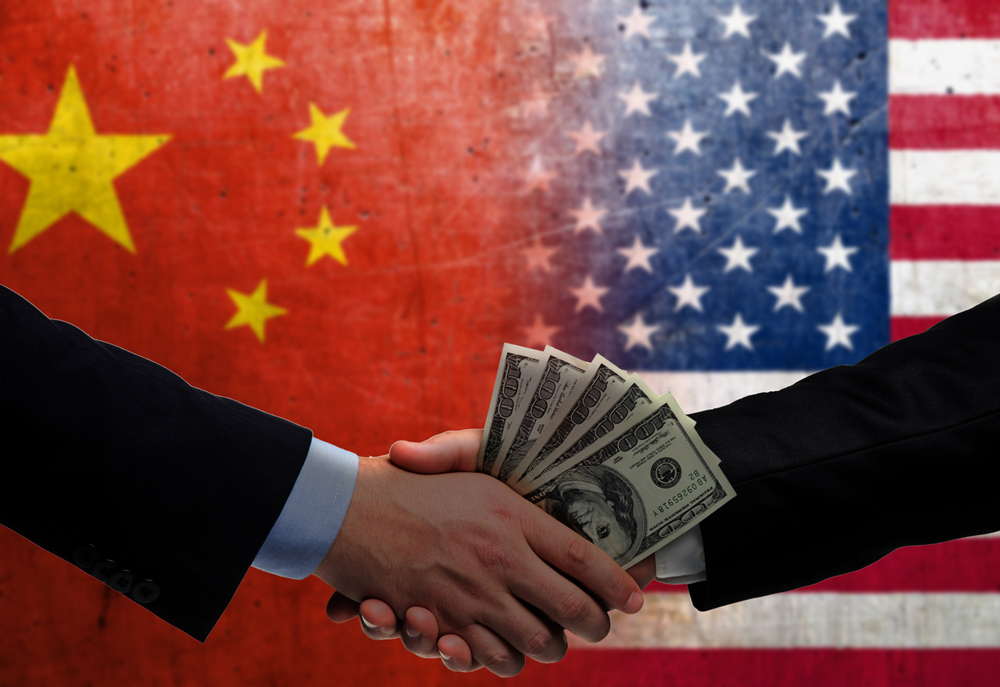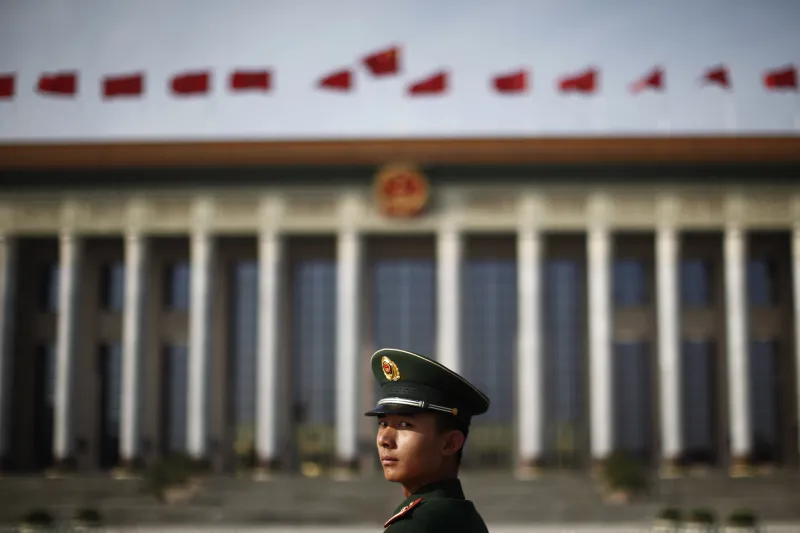The US’ Afghanization Strategy In Ukraine War
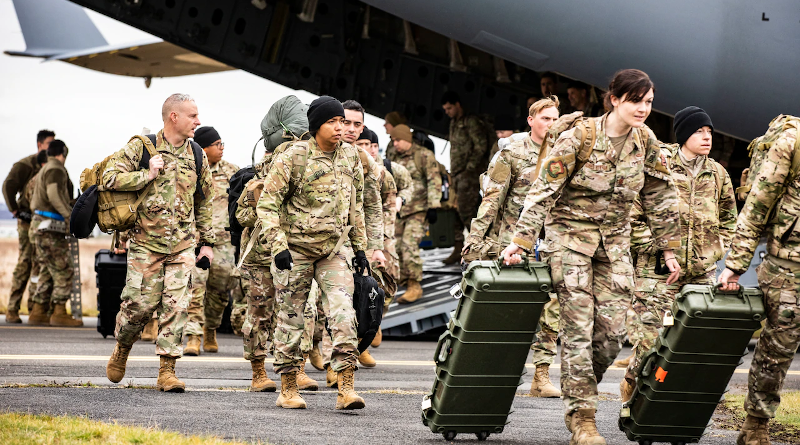
The current developments related to the Russian invasion of Ukraine can only be considered the tip of an iceberg, showing itself in the form of the collapse of the US-centered security system. This order has already proven to seek to make small powers pay the toll to maintain and achieve the system’s cohesion. Just a look at the repeated statements of US officials a few days ago regarding the daily announcement of the imminent Moscow invasion of Ukraine and the lack of a military reciprocal response to the Russian expansionist model to counter the NATO (in other words, USA) security agenda, above all, raises the question of whether we are going to have another Afghanistan in American politics or not. In other words, is US policy seeking to extend the pattern of Afghanization to other parts of the world to commence destabilization of Europe?
